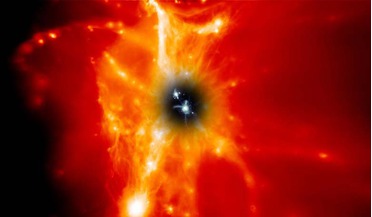 06 June 2016
Galaxies guilty of 'wasting' precious planet building material
06 June 2016
Galaxies guilty of 'wasting' precious planet building material
... a galaxies CGM with heavy elements it takes massive amounts of energy from supermassive black holes and exploding supernovae in violent and long-lasting processes that can take over 10 billion years, “which means that in a galaxy...
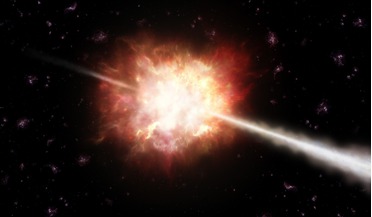 11 July 2016
Short gamma-ray burst is from a binary neutron star coalescing into a black hole say researchers
11 July 2016
Short gamma-ray burst is from a binary neutron star coalescing into a black hole say researchers
... neutron star (MNS) and how the different GRB energies can be separated from those associated with supernova explosions. The updated work on the fireshell theory has been instrumental in allowing the team to not only...
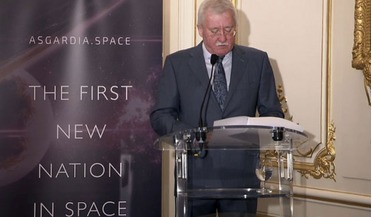 18 October 2016
Plans for first ever Space nation "Asgardia" announced today
18 October 2016
Plans for first ever Space nation "Asgardia" announced today
... in the climate stemming from technogenic factors and sun radiation; cosmic radiation from nuclear reactions in novae, supernovae and pulsars; and the danger of Earth infection by microorganisms from meteors and other small celestial bodies...
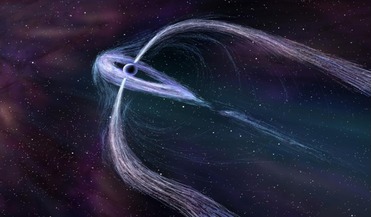 18 January 2017
The unusual tails of a pulsar give a clue as to what type of pulse it generates
18 January 2017
The unusual tails of a pulsar give a clue as to what type of pulse it generates
... perspective. Pulsars are highly magnetised, fast spinning neutron stars – the highly dense remnants leftover from a supernova explosion – that can complete one rotation in less than a couple of seconds. One such object first discovered...
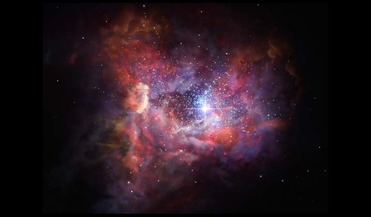 08 March 2017
The most distant galaxy yet observed by ALMA gives insight into first stars
08 March 2017
The most distant galaxy yet observed by ALMA gives insight into first stars
... distant galaxy yet observed by ALMA,” said Nicolas Laporte, “but the detection of so much dust indicates early supernovae must have already polluted this galaxy.” Dust is an essential building block in the formation of stars, planets and...
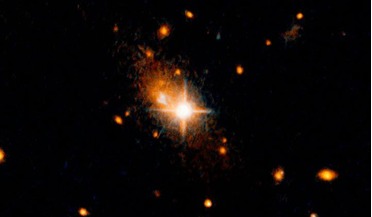 24 March 2017
Gravitational waves expel black hole from galaxy centre
24 March 2017
Gravitational waves expel black hole from galaxy centre
... to accomplish such a feat are gravitational waves. "We estimate that it took the equivalent energy of 100 million supernovae exploding simultaneously to jettison the black hole," describes Stefano Bianchi, co-author of the study, from the Roma ...